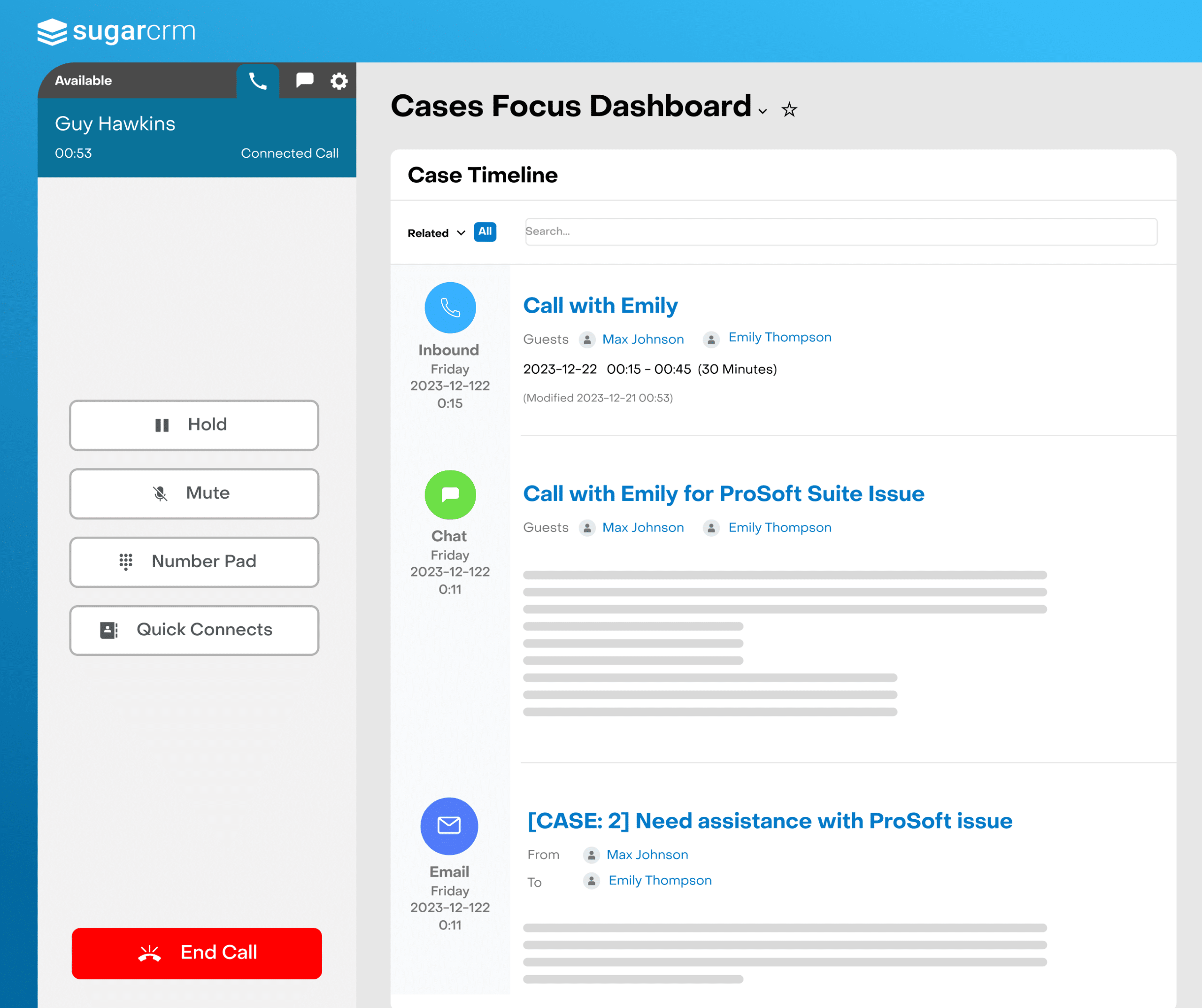Spring Cleaning Your Marketing Database
4 tips to help you whip your database into shape and keep it that way year-round
There was a time when marketing was all about being creative. And while creativity is still an important part of marketing today, the field has become increasingly data-heavy.
On the one hand, the rise of data in marketing is a good thing, as it allows teams to improve decision-making and launch more intelligent campaigns to boost results. But achieving those sought after results hinges on the quality of your data. With comprehensive, accurate, and relevant data, the sky’s the limit. But with bad data—be it out of date, inaccurate or incomplete data—the repercussions can be monumental. From damaging your relationship with prospects and customers to hurting your sender reputation to leading to ill-informed decisions, the fall out of having poor data is something with which no marketer wants to contend.
As a result, it’s essential to keep your database clean. And what better time to reinvigorate data quality efforts than a spring cleaning session?
4 Critical Focus Areas for Your Database Cleaning Crew
Knowing you need to keep your marketing database clean is one thing, actually keeping it clean is yet another. After all, when you’re staring down at what seems like a massive, tangled web of data, how do you know where to start? And once you do get your data into shape, what can you do to keep it that way? We recommend starting with these four focus areas:
- Ensure email quality and relevance: First, you need to make sure your email data is up to snuff by confirming that the information you have is relevant (i.e. check that all of the email addresses you have, as well as any other identifying information, are valid and still in use). As you go through the data, it’s also important to eliminate any duplicate entries and remove any inactive contacts (i.e. ones that have not taken action in so long that they are likely to unsubscribe or mark future emails as spam).
- Align formatting to standards: Second, it’s essential to implement—and confirm that everyone sticks to—standard formats for data fields. This formatting can apply to the fields in use (e.g. you don’t need fields for “City” and “State” as well as a field for “Location” because users will likely only pick one of the two options, which will then lead to discrepancies) and to how data is entered (e.g. do states appear as NY, N.Y. or New York?). Ensuring you use the right fields and that the data within each field is input in a standard manner is important for activities like pulling lists and personalizing outreach.
- Map data fields and inputs to use cases: As you standardize data fields and data inputs, it’s important to develop those standards based on use cases. Specifically, you should remove any data fields that are irrelevant to your marketing efforts (e.g. do you really need someone’s home phone number?) in order to avoid clutter, free up storage space, and help keep the system running quickly. Additionally, you need to make sure data is recorded in a way that’s optimized for your use cases. For instance, if you plan to personalize email messages with the recipient’s company, you want to make sure that title and company are separate fields in your database. Otherwise, in messages where you want to include a dynamic field for the recipient’s company, their title will also be included.
- Introduce a cleaning schedule: Finally, be sure to introduce a regular cleaning schedule. As much as implementing standards for data input can help keep your database clean, it’s just a matter of life that things will get messy over time. As a result, revisiting your cleaning efforts on a somewhat regular basis (even if it is only once a year) is critical to success.
Out With the Old, In With the New
In life, whether you’re cleaning your closet, your kitchen pantry, or even your entire house, once everything is cleaned up you typically realize the gaps that exist—and cleaning your marketing database is no different in this regard. So, once you’ve got everything in your database cleaned up, it’s time to go “shopping” for whatever you need—more data, additional data points, new use cases, etc—to fill those gaps and take your program to the next level.


